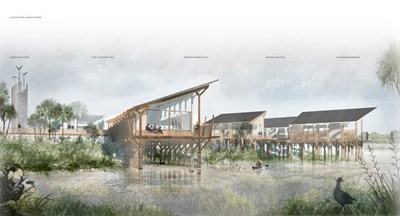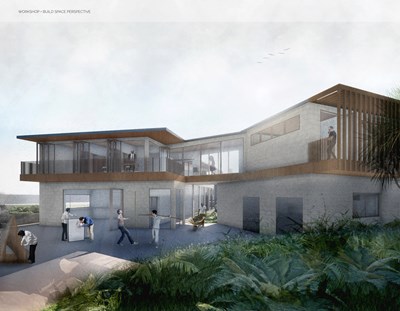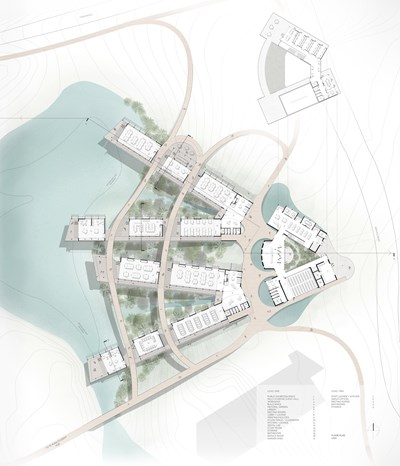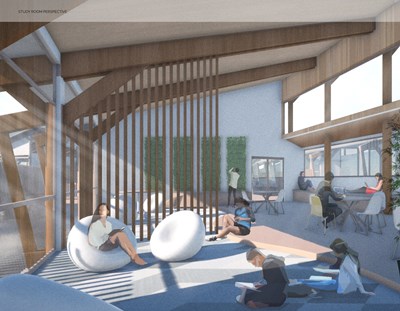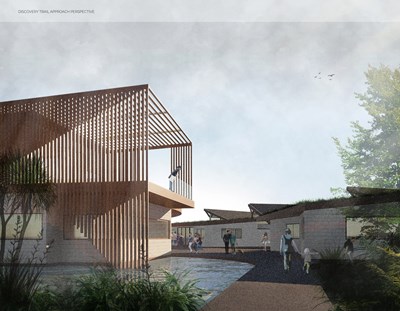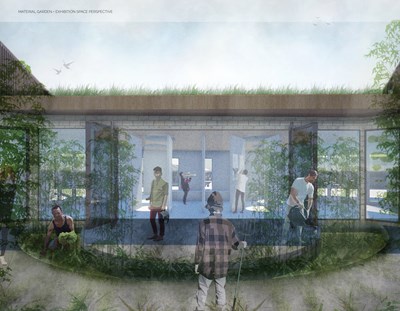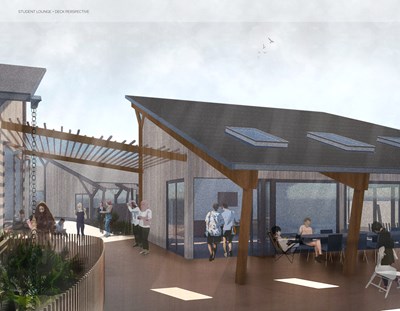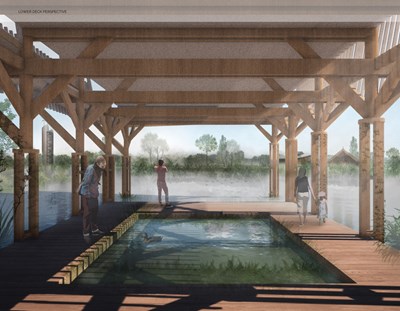Taine Murray from Te Whare Wānanga o Wairaka, Unitec, School of Architecture was a finalist in the Te Kāhui Whaihanga Resene 2020 Student Design Awards for his project 'A Regenerative Manifesto'.
Project description
As the climate crisis approaches a tipping point, agents of the built environment need to take on the responsibility of creating a radical shift, beginning with the seed of architectural education. This project fuses the fields of regenerative development and the holistic worldview of Te Ao Māori to generate a guiding manifesto for the future designers of Aotearoa New Zealand. This manifesto informs the pedagogical approach and the design of an architecture school that fosters regenerative learning and inspires the wider community of the region.
Regenerative architecture is a holistic approach to design, which recognises the unique potential of a place, and uses an understanding of its ecological processes to create a mutually beneficial design response. It is not only acting to steward the environment; it further expresses the social and cultural narratives embedded within the community.
This architectural proposition is an embodiment of the manifesto, with the campus of Te Whare Wānanga o Wairaka Unitec Institute of Technology providing the context of place. The design is responsive to the inherent opportunities within Ōwairaka and Tāmaki Makaurau and strives to instil agency and stewardship in the wider community.
Judges' citation
This proposition for an architecture school comprises a statement of best practice regenerative architecture that is grounded in site, place and ecologically-aligned value systems. Te Aranga design principles are an important point of reference and take some effort to integrate in meaningfully in design, but this project goes some way towards finding an appropriate solution. This ambitious, well-developed scheme could be readily implemented right now and provides a possible blueprint for kaitiakitanga or guardianship of the land, something our architects need to understand and practice as deeply as Taine clearly does.





